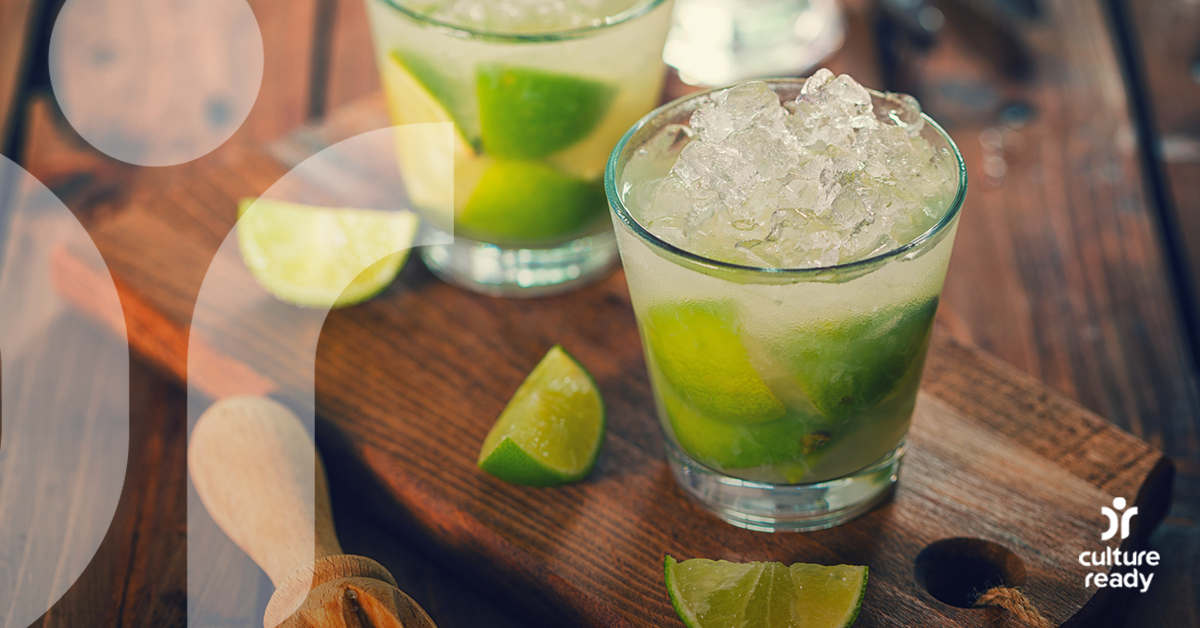A Mini-Guide to Cachaça: Brazil’s Favorite Spirit
Best known as the main ingredient in Brazil’s national cocktail—the caipirinha—cachaça is to Brazil what tequila is to Mexico.
Distilled from fermented sugarcane juice, the sweet liquor can only be made in Brazil and by law must contain between 38- and 48-percent-pure alcohol.
The spirit’s roots date back more than 500 years. In fact, it’s believed that cachaça was first distilled at a sugarcane mill on Brazil’s coast between 1516 and 1532, making it the first distilled liquor produced in Latin America.
Today, an estimated 1,000 producers yield more than 1.2 billion liters of cachaça each year—30 percent comes from small-batch breweries.
Like other alcoholic beverages, cachaça is aged in wooden barrels. But what makes the production of this liquor unique is that it’s aged in more than 30 different kinds of wood, including those native to Brazil like amburana, pau-brasil, and jequitiba.
This exposure to different woods is what gives cachaça its many flavors and aromas. Research from the University of Sao Paolo indicates that cachaca has as many as 70 different flavors and aromas.
Cachaça is classified based on its age and fermentation process:
White cachaça (branca) is stored in stainless steel or wood, which doesn’t produce any color. It’s often referred to as classica (classic), tradicional (traditional), or prata (silver).
Yellow cachaça (amarela) gets its color from being aged in wood. This type is called ouro (gold) or envelhecida (aged).
Aged cachaça is further divided into Premium—aged one year—or Extra Premium—aged at least three years. Both Premium and Extra Premium need 100 percent of the spirit to age in appropriate barrels.
Cachaça shares some similarities with rum and rhum agricole, both of which are distilled from sugarcane. The differences, however, are in the processing. Unlike cachaça, rum can be produced anywhere and is typically made from molasses, a byproduct of sugarcane production. Rum is also distilled to a higher percentage of pure alcohol.
Rhum agricole, on the other hand, must be made from sugarcane juice from one of 23 designated sugarcane growing regions on the French island of Martinique.
Thought it will always be a mainstay of the caipirinha, cachaça is now used in other drinks around the world, forever leaving its mark on modern mixology.
